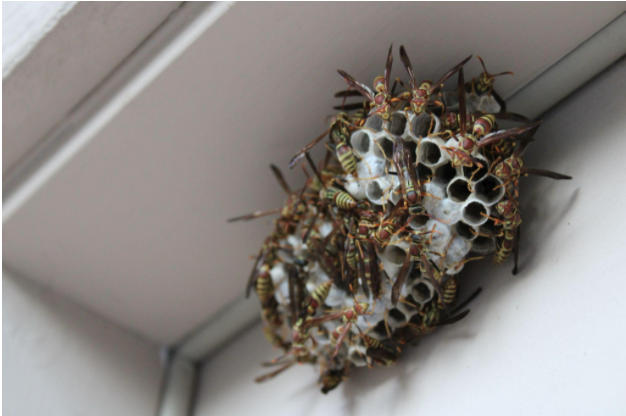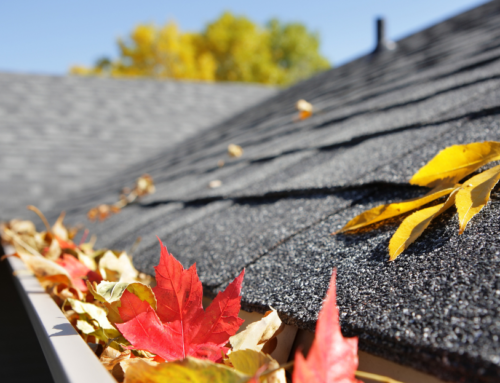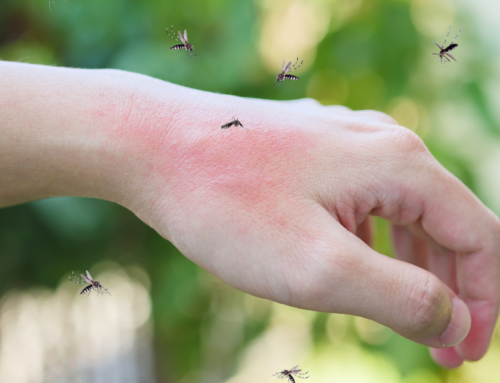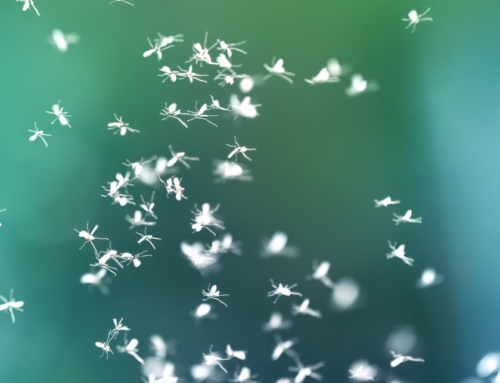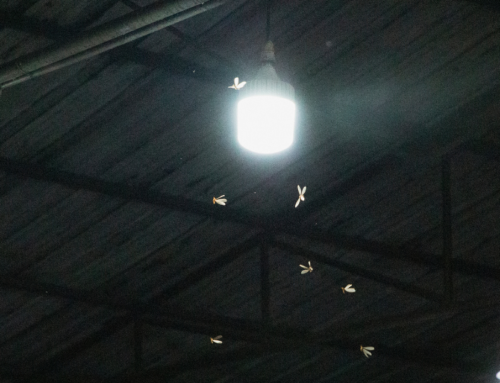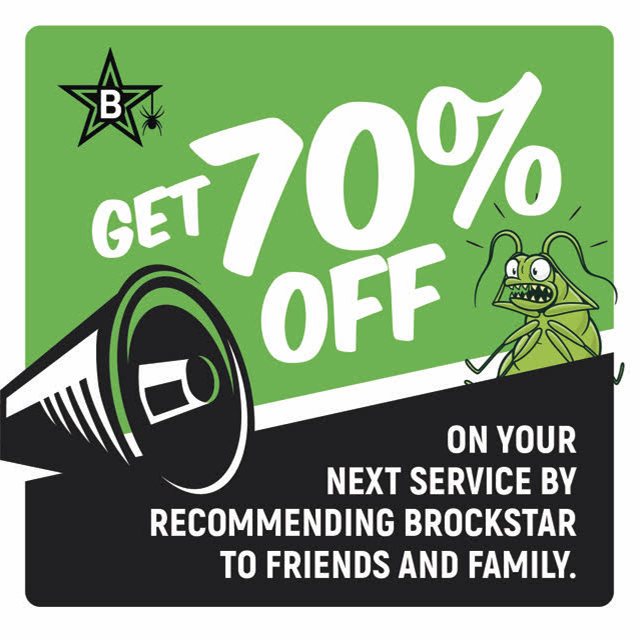Wasp nest removal does not sound like something you’ll want to add to your “fall things” list. But as the Texas heat and warm weather linger, this means stinging insects are still out. Not only that, but this time of year wasp nests have also reached maximum size. The buzzing builders have worked all summer to construct their colonies, and now some may house as many as 5,000 insects. If you want to keep your outdoor space safe and free from stinging wasps, read on for everything you need to know about removing their nests.
What are wasps?
Wasps and hornets are carnivorous. They prey on small insects such as aphids, houseflies, spiders, or, in the case of the cicada killer wasp, cicadas. There are six varieties of wasps found in Texas, including paper wasps, mud daubers, and Mexican honey wasps. Wasps are resourceful insects, and they find numerous places to set up camp, including under soffits and porches, in attics, on tree branches, and inside grills or hose reels. Wasps are smaller than hornets, though no less ornery. They can sting multiple times when provoked.
Wasp Nest Removal in Austin and Surrounding Area
It’s possible to rid your home of wasps on your own. However, because their stings are painful—and even dangerous in large numbers—it’s best to call a professional, such as BrockStar Pest Services, to remove them for you. Professionals have access to safety equipment that protects us from stings. We can also deploy professional-level pest control products that are not available to the public and are far more effective than home-use products. Plus, we’ve been in the pest control business since 2012, so we’re familiar with wasps’ behavior and can work safely and effectively to remove them. If your DIY spirit is still calling you to remove the pests, here are a few do’s and don’ts.
Do’s
- Clean your yard of fruit or garbage. These items are nectar to wasps and are likely to attract them to your home.
- Identify the nest early. If you do end up with a nest in your yard or in your home, it’s best to spot it when it’s only a few dozen cells. Removal is far easier at this stage.
- Suit up. If you’re preparing to remove a small nest, cover as much of your skin as possible with long sleeves, pants tucked into your socks, gloves, and a head net if possible.
- Spray the nest. Keep your distance when spraying wasp insecticides. Most DIY insecticides can spray from several feet away. After spraying, wait a day or two to make sure wasps coming and going from the nest have ample time to interact with poison and for it to do its work.
- Time it right. Spray and remove the nest during the coolest parts of the day—early morning or early evening. Wasps are more likely to be sedated at these times of the day and in the colony.
- Use a wasp trap. Wasp traps contain a liquid that attracts the wasps to enter the trap. Once they crawl in, they get stuck and drown. They can catch the odd wasp; however, they won’t empty the colony. This method should be used in conjunction with other tips here.
- Keep them at bay. You can prevent wasps from entering your home by using a foaming spray around entry points such as plumbing and vents, cracks in the foundation, and along window sills.
Don’ts
- Swat at the wasps. When you swat at a wasp, it releases pheromones that tell other nearby wasps to perceive you as a threat. When frightened, they are more likely to sting.
- Try to use fire. Wasp nests may be extremely flammable. They’re made from a thin papery substance made by chewing wood into a pulp. Attempting to burn the nest is likely to make your property catch fire as well. This is also an ineffective method; burning the nest often doesn’t kill the wasps. The determined insects only return later to rebuild.
- Try to use water. Spraying a wasp nest with water is only likely to enrage the wasps and cue them to attack you. This approach is likely to leave you with painful stings, and you’ll still have a wasp problem on your hands.
- Use a baseball bat. This approach puts you near the colony and is quite likely to get you stung.
How BrockStar Pest Services Can Help with Wasp Nest Removal
We can help you create a pest control plan that will not only eliminate a wasps’ nest but also will help prevent colonies from being built in the future. Call for a free estimate! 512-800-0437

